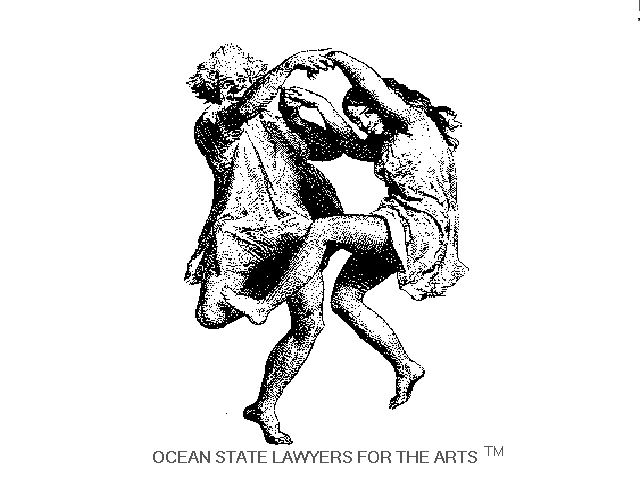
A number of federal statutes have been enacted which concern the American Indian community as well as the arts community and the crafts community. The first is the Native American Graves Protection and Repatreation Act which is having its greastest effect upon museums and collectors of Indian artiifacts and remains. The other legislation is called the Indian Arts & Crafts Act of 1990. Craft makers, both big and small, will feel the effects of this one.
The Native American Graves Protection and Repatreation Act, or NAGPRA, requires those museums that have native american human remains or objects in their collections to catolog them and publish that catolog for the various tribes to review. If a tribe believes that the items are from their tribe, and the itmes are human remains or artifacts that meet certain statutory guidelines, then they must be returned to that tribe. No compensation is paid by the tribe in return.
In some situations, a museum need not comply with the law, but this law is making American Indian artifacts harder to procure. That is the major effect it is having on the private collector. Also, musuems will tend not to be in the market for artifacts as they may just have to return them to the tribes for free. In other words, be wary when, and if, you are collecting Indian artifacts and expect fluctuating prices.
The Indian Arts & Crafts Act of 1990 may have a greater effect on the artist and craftmaker community than NAGPRA. Under this Act, it is illegal to offer or display for sale or sell any product that falsely suggests it is Indian-produced, an Indian product, or a product of a particular Indian or Indian tribe or Indian arts and crafts organization. The punishment for violation can be a fine of up to $250,000 or more and imprisonment of up to 5 years or more.
In order to be an "Indian" under this Act, you must be registered on the tribal rolls of a state or federally recognized tribe or be certified by a tribe or band as an Indian Artisan. Even someone who is 100% native American cannot make "Indian Art" or "Indian Products" if they are not on the rolls of a recognized tribe.
So far, there has been a lack of standards regarding definition of some of the terms, such as "Indian Art," as well as no clear guidelines governing enforcement. One tribe is even considering legal action against a second tribe which is allegedly manufacturing dolls or other crafts that utilize the names, traditions or styles of the first tribe. At this time though, it is important that non-native Americans be aware that the making and/or selling of "Indian" crafts could amount to a federal offense.
First Published Version, copyright 1995 David M. Spatt
THIS WEBSITE CANNOT BE USED AS A SUBSTITUTE FOR SOUND LEGAL ADVICE FROM A COMPETENT ARTS OR ENTERTAINMENT ATTORNEY. In the event of a legal problem or question, specific legal consultation is advised. This website is intended only as a means of educating arts organizations and artists of all disciplines as to their potential legal rights and liabilities. The information provided is made available with the understanding that neither OSLA nor the office of David M. Spatt is engaging in the rendering of legal counsel.
copyright 1997 David M. Spatt, All rights reserved
Reproduction is prohibited without the express written consent of the author

|
|